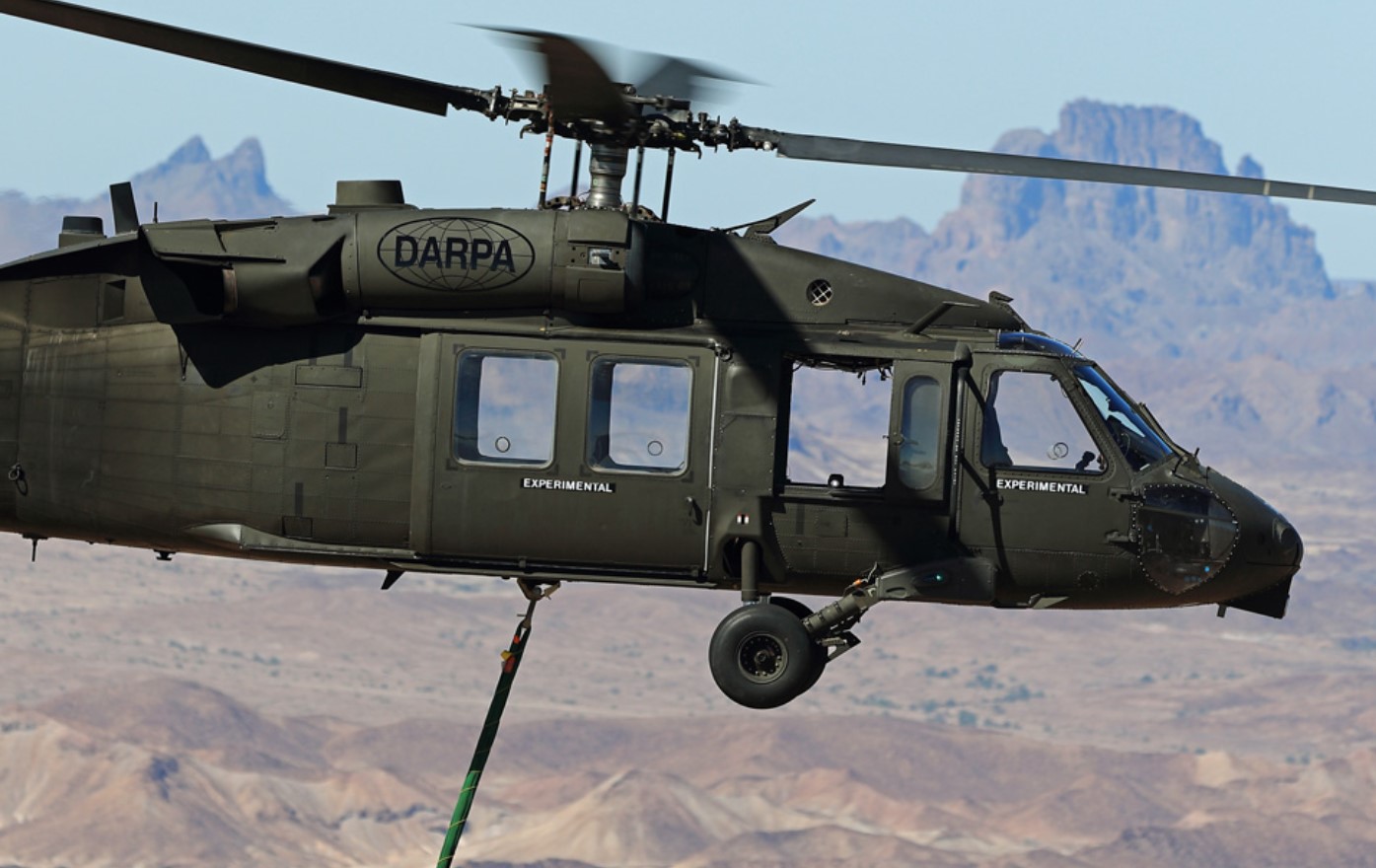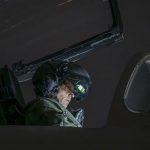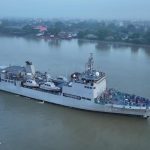The United States Marine Corps is set to conduct tests of Sikorsky’s MATRIX flight autonomy system next year, which will be installed on UH-60 Black Hawk helicopters. This advanced system is designed to enhance pilot operations, providing assisted flight capabilities when two pilots operate the aircraft together, as well as serving as a virtual co-pilot for single-pilot missions. Notably, the MATRIX system also enables fully autonomous flight operations without any pilots on board, whether the helicopters are launching from naval vessels or land-based expeditionary bases.
Marines will interact with the MATRIX-equipped aircraft using a user-friendly tablet interface, allowing personnel to input and adjust mission parameters both prior to takeoff and during flight. Rich Benton, Sikorsky’s vice president and general manager, highlighted the capabilities of aircraft with the MATRIX autonomy, stating that they can perform a wide range of complex missions reliably and safely, including internal and external cargo transport without any crew onboard.
The collaboration with the Marine Corps aims to investigate how a fleet of autonomy-driven uncrewed aerial systems, encompassing both rotary and fixed-wing aircraft, can effectively support the expeditionary force with precise resupply missions during high-tempo, distributed operational scenarios.
The MATRIX system is part of the Defense Advanced Research Projects Agency (DARPA)’s ALIAS (Aircrew Labor In-cockpit Automation System) program. This initiative is intended to improve safety and operational efficiency for crewed helicopters. Previous demonstrations of the system took place in 2022 and involved simulated medical resupply operations. During these exercises, MATRIX-equipped helicopters autonomously transported 14 boxes containing a total of 400 units of actual and simulated blood, weighing approximately 500 pounds (226 kilograms).
The autonomous mission spanned 83 miles (133 kilometers) and was completed in just 50 minutes. The aircraft skillfully navigated through valley terrain, descending to an altitude of 200 feet (61 meters) above ground level to minimize visibility from potential threats. Throughout the flight, it maintained an impressive airspeed of 100 knots (approximately 115 miles or 185 kilometers per hour), demonstrating the operational effectiveness of the MATRIX system in challenging environments.













